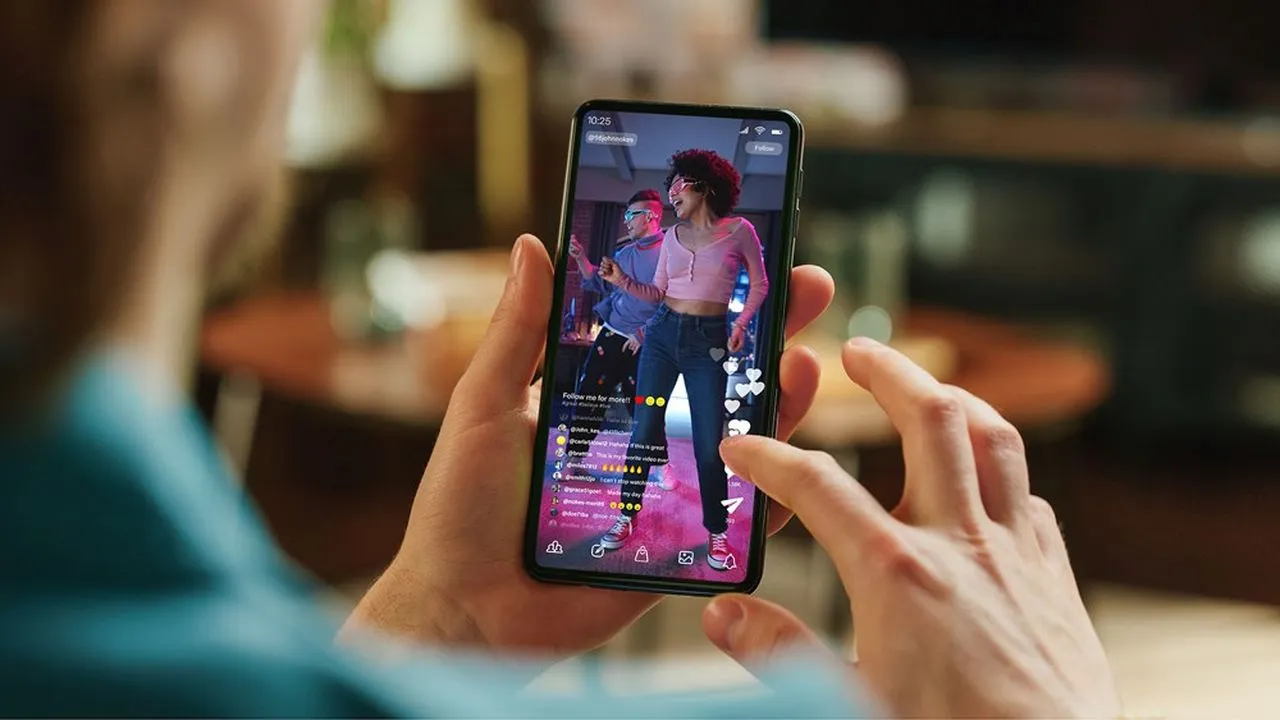With each interaction on a social network, an algorithm analyzes, sorts and selects the content that appears on our screen. Behind this personalization lies a subtle but powerful influence: by privileging certain information and obscuring others, these algorithms modify our perception of the world, our opinions and even our behavior. Are we still masters of our own decisions, or are we gradually being shaped by these algorithms?
How do social networking algorithms work?
Social networks are based on a fundamental principle: offer each user a stream of content optimized to maximize engagement. This personalization relies on sophisticated algorithms that continuously analyze user behavior to suggest publications most likely to capture their attention. Rather than displaying a chronological or random flow, these systems prioritize content considered relevant according to criteria such as past interactions, explicit or implicit preferences, and time spent on certain types of publications.
Content personalization is based on massive data collection. Every action performed on the platform is recorded and analyzed:
- Interaction: likes, shares, comments, time spent on a publication.
- Social networking: relationships with other users, followed groups, private conversations.
- Browsing history: links clicked, videos watched, ads viewed.
- Contextual data: location, device used, connection times.
This data is then processed using artificial intelligence capable of detecting trends and anticipating user preferences. The algorithms exploit collaborative filtering (comparison with users with similar behaviors), semantic analysis and image and video recognition methods to classify and recommend the most relevant content.
The main purpose of social networks is to keep you around.
Social networking platforms aren’t just spaces for exchanging and sharing: they’re designed to maximize the time you spend there. Every element of the interface, every algorithmic recommendation, every notification is designed to capture your attention and encourage you to prolong your session. Behind this strategy lie three fundamental objectives: engagement, retention and monetization.

Engagement refers to all the interactions a user can have with a platform: likes, shares, comments, clicks on a link, watching a video all the way through… The more interactions a piece of content generates, the more likely it is to be highlighted by the algorithm. To maximize this engagement, platforms analyze your behavior and prioritize the content most likely to captivate you. Viral publications, controversial topics and short videos with addictive formats are all tools used to maximize these interactions.
If capturing your attention is the first step, the ultimate goal is to keep you on the platform for as long as possible. To achieve this, social networks exploit mechanisms derived from behavioral psychology:
- Infinite scrolling: the absence of a visible end encourages you to continue indefinitely.
- Notifications: they play on curiosity and immediate reward to keep you coming back.
- The recommendation algorithm: by analyzing your preferences, it pushes you towards a continuous sequence of attractive content, sometimes to the detriment of your initial desire.
Everything is designed to minimize the risk of you leaving the platform and maximize the duration of your sessions.
The social networking business model is largely based on targeted advertising. The more time you spend on the platform, the more ads you are exposed to, and the more the algorithms can refine your profile to offer you more effective advertising. The aim is twofold:
- Maximize the number of ads seen by increasing your connection time.
- Improve targeting accuracy by analyzing your behaviors and preferences.
Every interaction you make feeds a predictive model capable of anticipating your centers of interest and therefore optimizing the profitability of advertising campaigns.
The influence of algorithms on our behavior
Social networking algorithms shape much more than our news feeds: they profoundly influence the way we perceive the world, our emotions and our social interactions. By analyzing our preferences and offering us tailor-made content, these systems lock us into cognitive and behavioral patterns that subtly alter our relationship with information and others.
Filter bubble effect: Why do we always see the same information?
One of the most well-documented effects of personalization algorithms is the filter bubble, a phenomenon in which a user is progressively exposed to a narrower and narrower spectrum of information, corresponding to his or her initial opinions and preferences. This informational compartmentalization is amplified by confirmation bias, a cognitive mechanism that pushes the individual to privilege content in line with his or her pre-existing beliefs, and to ignore or discredit contradictory information. The consequences of this effect are manifold:
- Polarization of opinions: constant exposure to a single point of view gradually radicalizes the user.
- Reduced diversity of perspectives: contradictory debate becomes less accessible, reinforcing ideological divisions.
- Manipulating public opinion: some players exploit these algorithms to disseminate biased content, influencing political and societal decisions.
Algorithms exacerbate our fears and frustrations
Algorithms not only select information according to its relevance, but also according to its emotional potential. By highlighting content that arouses strong reactions (anger, fear, enthusiasm), they modify our state of mind and our perception of reality. Several studies have shown that :
- Anxious and polemical content generates more engagement, which leads platforms to favor it.
- Repeated exposure to negative news increases stress and anxiety (“doomscrolling” effect).
- Network-induced social comparisons accentuate self-esteem problems, particularly through unattainable standards of success or physical appearance.
So, far from being neutral, algorithms play an active role in amplifying emotions and constructing a vision of the world that is sometimes biased or overly negative.
Are social networking algorithms consciously manipulating us?
Far from being simply neutral tools for disseminating information and social exchange, social networks are structured around powerful mechanisms designed to capture and hold users’ attention. Through intentional strategies such as clickbait, the polarization of opinions and theexploitation of addiction mechanisms, these platforms shape users’ behavior far beyond the simple personalization of content. This influence raises the question: are these practices deliberately manipulative? And if so, what are the consequences for democracy and social cohesion?
Platforms have a vested interest in maximizing the time spent by each user on their services. The more active an individual is, the more data they generate, and the more advertising they receive can be monetized. To achieve this, algorithms are optimized to favor content that triggers strong, immediate emotions. Fear, indignation or intense enthusiasm are known psychological levers for provoking a rapid reaction: a share, a comment, a lively discussion. This logic explains why the most polemical content (sometimes even erroneous or misleading) tends to be more widely distributed than balanced or nuanced information.

The polarization of opinions becomes an inevitable collateral effect. Rather than exposing users to a diversity of viewpoints, algorithms tend to reinforce their pre-existing convictions by offering them content aligned with their preferences and past interactions. This phenomenon progressively locks each individual into an informational bubble, where they are only confronted with ideas that confirm their worldview. Far from fostering dialogue and democratic debate, this dynamic feeds the radicalization of positions and deepens divisions between social and political groups.
Faced with these abuses, the responsibility of platforms is increasingly being questioned. Can we leave it to private companies to shape the public sphere without supervision? Some attempts at regulation have seen the light of day through legislation aimed at limiting the spread of false information, imposing greater transparency on algorithms and better protecting users’ personal data. However, these initiatives remain limited in the face of the power and adaptability of the digital giants.
Algorithmic manipulation is no mere accident in the history of digital technology: it is a direct consequence of the logics of profitability that structure the attention economy. As long as these platforms continue to thrive on maximum user engagement, they will have every interest in exploiting these mechanisms, even if it means compromising the integrity of public debate and the cohesion of societies.

Be the first to start the discussion